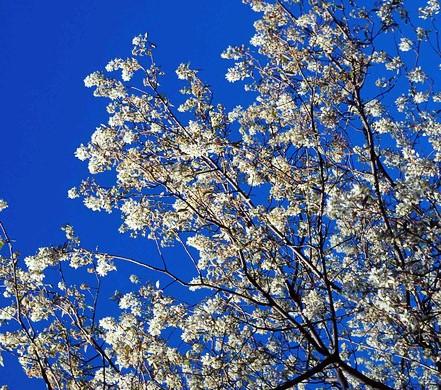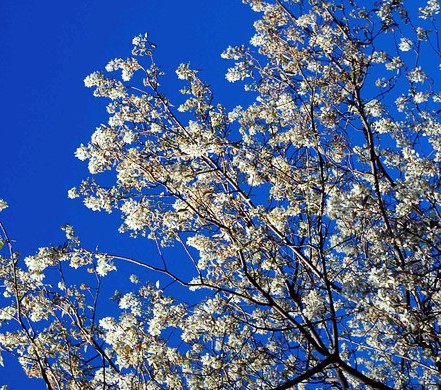
Xplor reconnects kids to nature and helps them find adventure in their own backyard. Free to residents of Missouri.


































Stay in Touch with MDC news, newsletters, events, and manage your subscription

Xplor reconnects kids to nature and helps them find adventure in their own backyard. Free to residents of Missouri.

A monthly publication about conservation in Missouri. Started in 1938, the printed magazine is free to residents of Missouri.




Kansas City, Mo. – Spring is a planting season, a time when people plant trees, flowers and shrubs for beauty and shade. Creatures such as birds and butterflies benefit, too, when native species are chosen for planting. The Missouri Department of Conservation (MDC) offers online and in-person help for people interested in using native plants in landscaping.
MDC's Burr Oak Woods Nature Center will host a native plant sale 1:15 to 3:45 p.m. on Saturday, March 21. Native plants suitable for transplanting to lawn and gardens will be available. For information about the Nature Center at 1401 N.W. Park Road in Blue Springs, visit mdc.mo.gov/node/280.
Native plants for landscaping will also be featured at a Grow Native special event 10 a.m. to 2:30 p.m. on Saturday, May 2, at the Anita B. Gorman Discovery Center, 4750 Troost Ave. in Kansas City. Experts will talk about native grasses, wildflowers and trees that fit will in landscape plantings. Participants will learn how to make a seed ball useful in starting natives. Some native species will be available for participants to take home. The program is free and no registration is required. For more information, visit discovery.center@mdc.mo.gov.
Butterflies and birds evolved with native wildflowers, shrubs and trees. Some insects feed or lay eggs on specific native species, such as certain trees or wildflowers. They help pollinate flowers. If the host plants are present, the insects thrive. Birds feed on insects. Some bird species also utilize the fruit or seeds produced by native plants and trees. The health of native plant species, insects and birds are intertwined. A mix of native trees and wildflowers will not only produce shade and beauty, they will also attract more birds and butterflies.
Native wildflowers and grasses can also bring attractive colors and shapes to lawn and garden landscaping. Many are tolerant of local soil and rainfall conditions. They evolved adapting to local soil types and weather patterns.
Some non-native varieties used in landscape plantings are not friendly to wildlife, and they have escaped into the wild and become a troublesome invasive species. Callery pear trees, also called Bradford pear, are a prime example. They provide white blooms in early spring and they grow fast. But they are prone to breakage in storms. Callery pear trees are also invading natural areas and crowd out native trees and plants. MDC foresters recommend planting native trees that bloom vigorously such as serviceberry, yellowwood, redbud and hornbeam.
For information on native plants at the MDC website, visit http://on.mo.gov/1Csdj2b. Information is also available at Grow Native, an MDC partner program operated by the Missouri Prairie Foundation, at grownative.org.